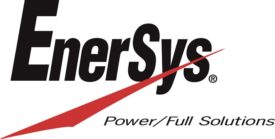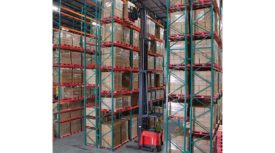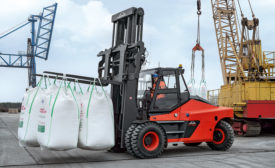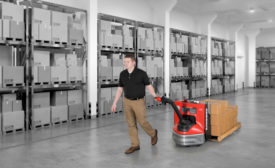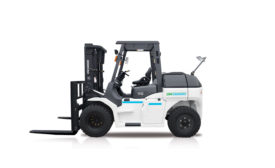Home » Keywords: » lithium-ion battery
Items Tagged with 'lithium-ion battery'
ARTICLES
Analyzing forklift performance can maintain or increase throughput while lowering energy costs.
Read More
The Evolution of Lift Truck Technology for Cold Storage Warehouses
How technology has refined the lift truck into a more versatile and efficient warehouse tool.
May 12, 2020
Alternative energy & the insurgence of lithium-ion batteries
Identifying and implementing the right energy solutions can save money, enable a smarter warehouse and lead to changes that can make your organization more efficient.
October 22, 2019
KORE Power to build lithium-ion battery manufacturing plant
The new 1 million-square-foot facility will be used to manufacture and produce the company’s Mark 1 Energy Storage System.
October 22, 2019
TPPL battery claims vs lithium-ion battery claims in marine applications
TPPL batteries require regular extended charges at declining charge acceptance rates to bring the batteries to a full state of charge in order to hold sulfation at bay.
August 20, 2019
KION Group, BMZ Holding launch joint venture for lithium-ion batteries
Initially, the new JV will focus on the production of 48- and 80-volt batteries for counterbalance trucks.
July 11, 2019
Raymond partners with Binghamton University to create more sustainable warehouses
The storage demonstration project was designed to demonstrate why a behind-the-meter storage system and controllable forklift charging can be beneficial for warehouse owners and the utility grid.
July 2, 2019
Flux Power moves to larger building to accommodate growth of lithium-ion batteries
The larger building is necessary to accommodate expansion to its line of lithium-ion batteries.
June 25, 2019
How forklifts drive the future of food processing & distribution
This special report uncovers the trends and innovation driving the future of food processing and distribution.
May 9, 2019
Elevate your expertise in refrigerated and frozen foods with unparalleled insights and connections.
Get the latest industry updates tailored your way.
JOIN TODAY!Copyright ©2024. All Rights Reserved BNP Media.
Design, CMS, Hosting & Web Development :: ePublishing


